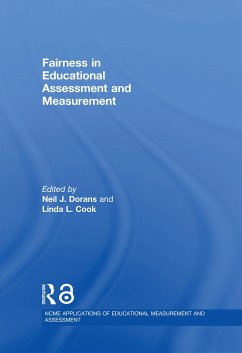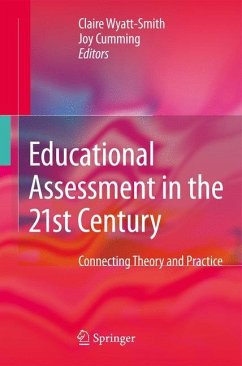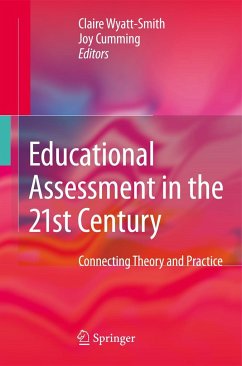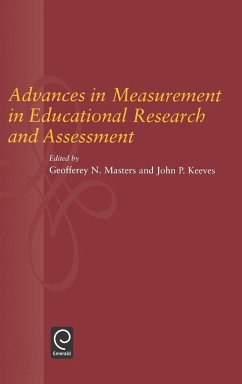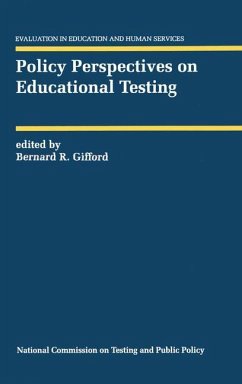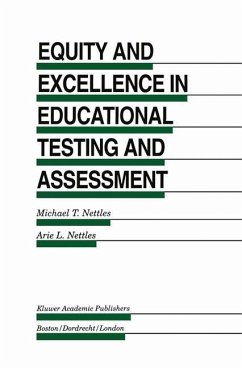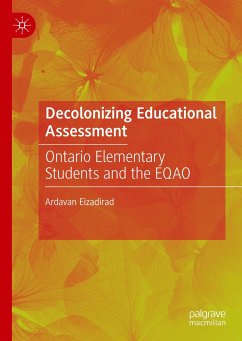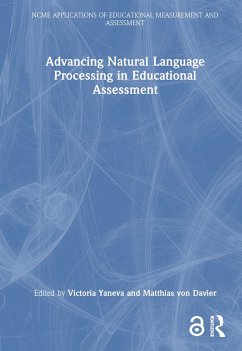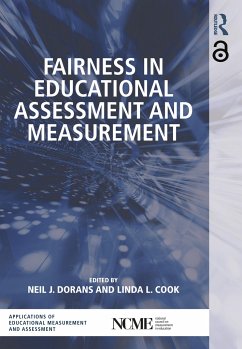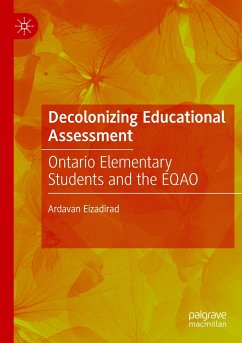
Educational Assessment
Tests and Measurements in the Age of Accountability
Versandkostenfrei!
Versandfertig in 1-2 Wochen
213,99 €
inkl. MwSt.

PAYBACK Punkte
107 °P sammeln!
Grounded in the real world of public schools and students, this engaging, insightful, and highly readable text introduces the inner-workings of K-12 educational assessment. There has never been a time when it is more important for educators to have an understanding of testing and assessments. Accountability is now a fact of life for all public school educators, and testing is at the core of all educational assessment programs. It is no longer prudent or even possible for educators to ignore this national zeitgeist. Educational Assessment: Tests and Measurements in the Age of Accountability add...
Grounded in the real world of public schools and students, this engaging, insightful, and highly readable text introduces the inner-workings of K-12 educational assessment. There has never been a time when it is more important for educators to have an understanding of testing and assessments. Accountability is now a fact of life for all public school educators, and testing is at the core of all educational assessment programs. It is no longer prudent or even possible for educators to ignore this national zeitgeist. Educational Assessment: Tests and Measurements in the Age of Accountability addresses all of the constructs central to understanding the design, construction and evaluation of educational measures. It goes on to provide students with insight into the link between today's high-stakes testing mandates and the traditions of the past 125 years of "scientific" measurement in the United States. It addresses the problem of understanding and correctly interpreting test scores on local, statewide, national, and international assessments. It also addresses how certain issues such as institutionalized cheating, test preparation, and individual differences among students and their families influence test score outcomes. Key Features Covers traditional topics in an approachable and understandable way: Reliability, validity, performance assessments, standardized achievement tests, and many more topics are included. Analyzes and interprets "hot-button" issues of today's complex measurement concerns: The score-gap, high-stakes testing, grade retention, drop-out crises, "academic redshirting,", diversity, family influence, and educational technology, are examined. Relates theory to practice: Each chapter includes relevant real-life examples and case studies to demonstrate how the technical-measurement principles impact those involved. Addresses the needs of diverse students: Issues related to students with special needs and the testing of English Language Learners are discussed. Ancillaries Instructors' Resources on CD-Rom include PowerPoint slides, Web resources, suggested answers for each chapter's discussion questions, and a sample syllabus. The CD also includes Brownstone's Diploma Test Bank software so that instructors can create, customize, and deliver tests. Qualified instructors can contact Customer Care at 1-800-818-SAGE (7243) from 6am - 5pm PT to request a copy. A web-based Student Study Site at www.sagepub.com/wrightstudy provides chapter objectives, flash cards, and practice tests. Intended Audience: Educational Assessment: Tests and Measurements in the Age of Accountability has been written to meet the needs of students in graduate programs of special education, reading, school counseling, school social work, curriculum supervision, or administration. Providing grounding in all aspects of measurement, this book is perfect for undergraduate and graduate courses such as Educational Tests and Measurements, Assessment in Education, and Student Assessment.





